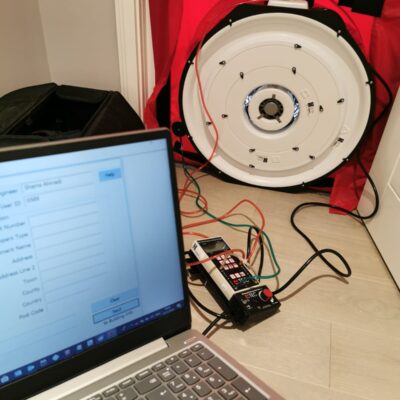Air-Quality Management for Inside and Outside Pollutant Sources
Indoor quality is sanctioned as a significant concern to building managers, businesses, building tenants and employees as it can impact the health, well-being and productivity of the people living in the building.
Pollutants that are present in our indoor environment can increase the risk of several diseases; hence regular air-testing is suggested as one of the solutions to this problem. Several studies conducted by the experts concluded that the level of pollution found inside is higher than the levels that are found outside. They also have suggested that indoor air quality is one of the essential contributing factors to environmental health problems.
Factors that Contribute to Indoor Air Quality- Sources of pollutants
or odours
- Design, maintenance
and operation of building ventilation systems
- Moisture and humidity
- Occupant perceptions
and susceptibilities
- And other factors affecting the comfort of indoor air quality.
Management of Inside and Outside Pollutant Sources
Either outdoor or indoor sources can generate pollutants. It can including building maintenance activities such as pest control, housekeeping, remodelling, renovation, finishing, many building occupants activities. Here is the list of contaminants that you need to eliminate with air testing in South London:
Biological contaminants: It includes excessive concentrations biological pathogens and causes like bacteria, viruses, fungi, animal dander, dust mite allergen, and even pollen may result from inadequate maintenance and housekeeping, water spills, inadequate humidity control, condensation resulting in allergies or triggering asthma.
Chemical pollutants: Chemical traces of chemical pollutants such as tobacco smoke, emissions from products, accidental chemical spill, and harmful gases like carbon monoxide and nitrogen dioxide, which are a by-product of fuel combustion.
Particles: Light particles, solid or liquid that suspends in the air. Generally, that are visible in sunbeams entering your room through the window. However, smaller particles that are not visible to naked eyes like dust, dirt are also dangerous.




Comments
Post a Comment